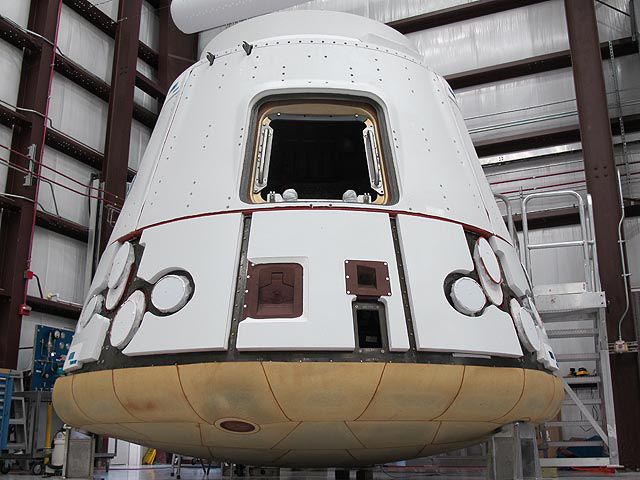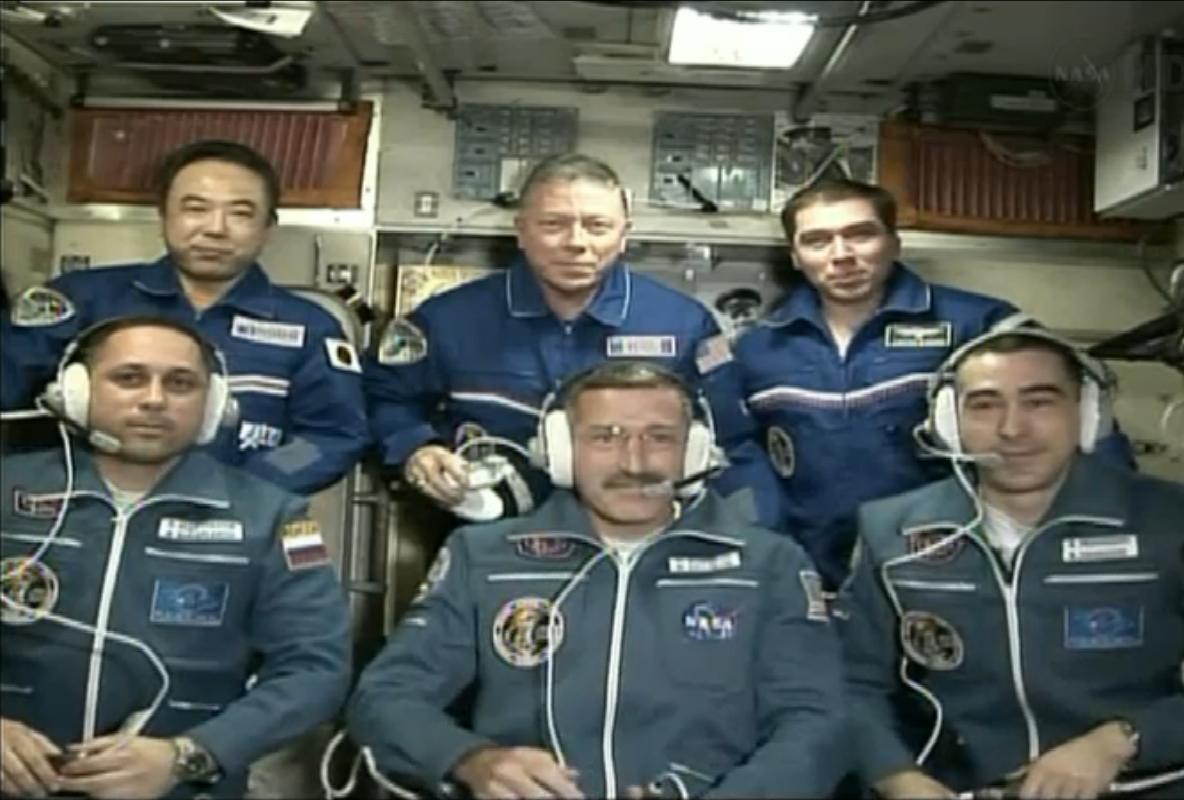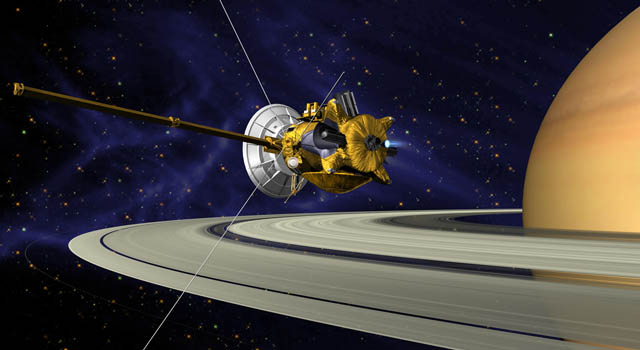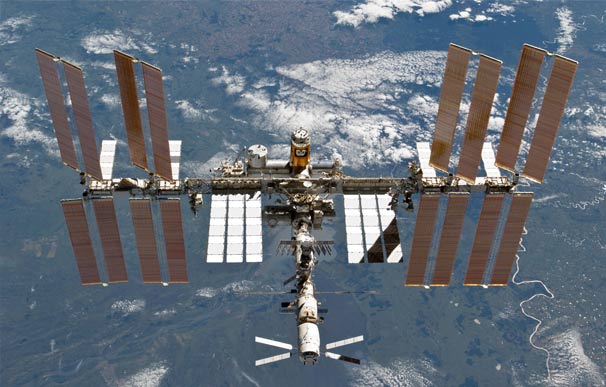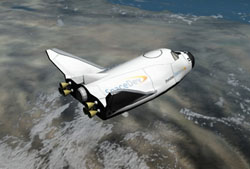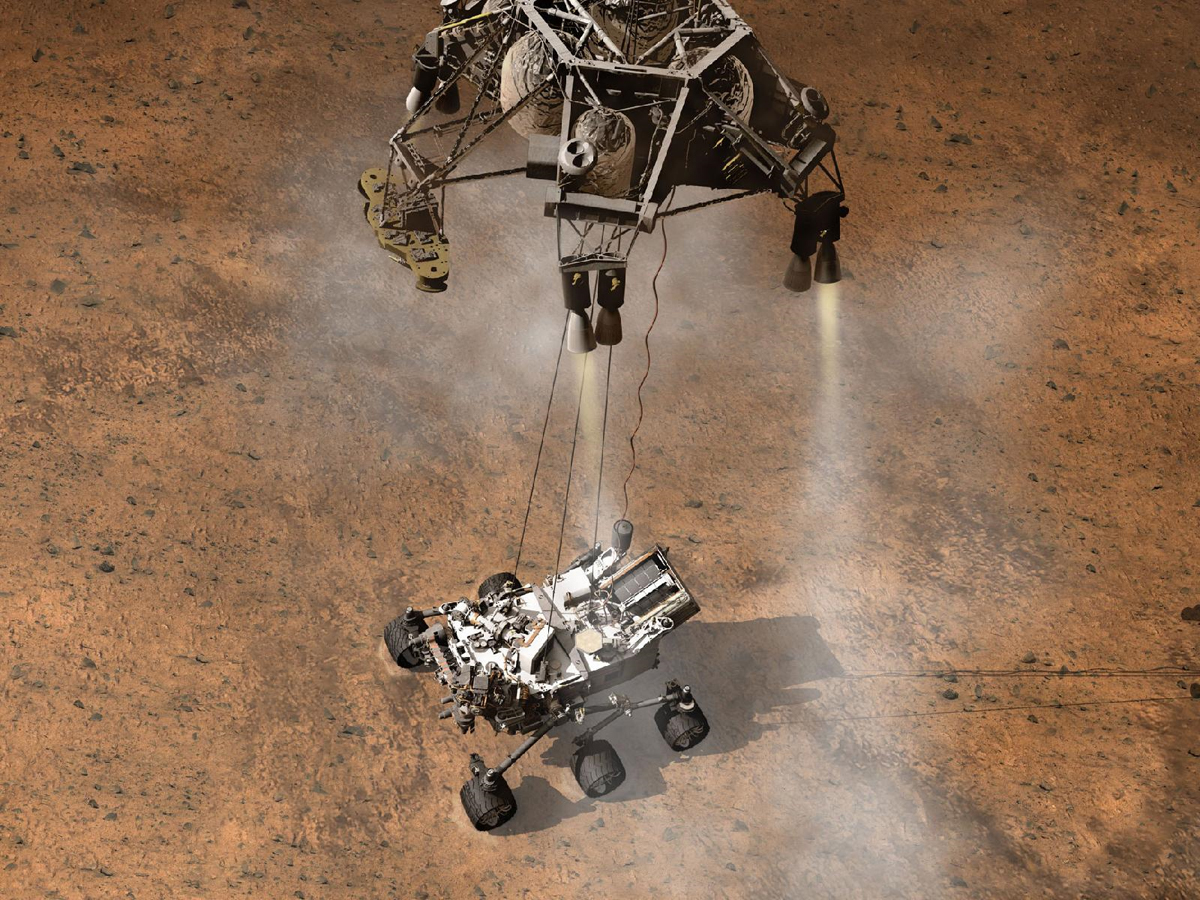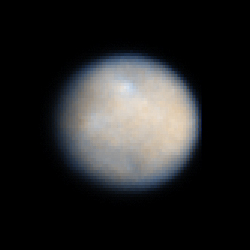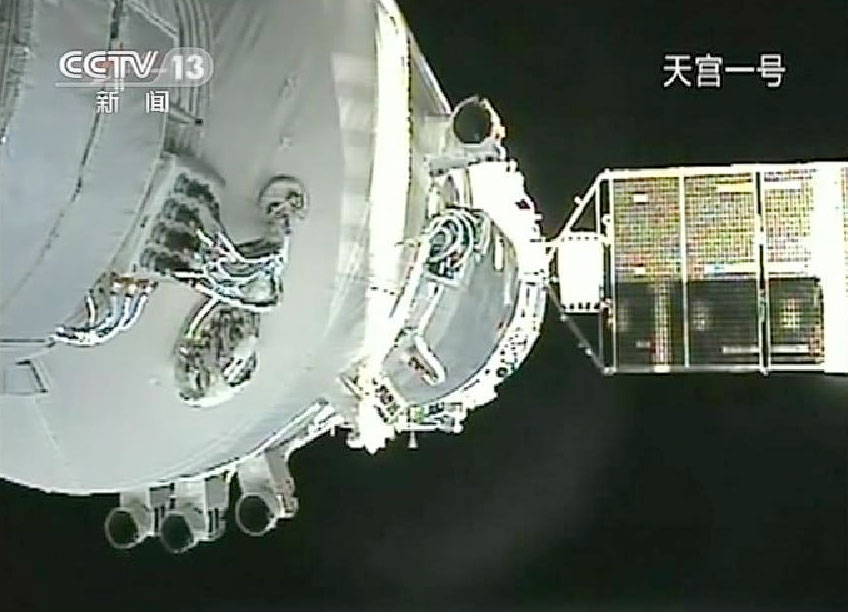12 Space Missions to Watch in 2012
Space Travel in 2012
NASA's space shuttle program is over, but that won't mean a lack of launches in 2012.
From space tourist projects and the first private spaceships to visit the International Space Station to a new Mars landing and China's first manned space lab, here's a look at 12 missions to watch in 2012.
Humans Will Still Be In Space
It's easy to overlook because it's been happening for more than a decade, but the five partner space agencies behind the International Space Station will continue to send people to the outpost to maintain the human presence in space that's been constant since 2000.
Twelve spaceflyers are scheduled to travel to the space station on four different launches in 2012. These men and women will spend around six months each living and working in space, performing experiments in a wide range of sciences inside humanity's only permanently staffed space laboratory.
NEXT: Planetary Mission Milestones
Planetary Mission Milestones
Many of the robotic probes currently exploring the solar system will reach milestones next year.
The Cassini orbiter, which has been orbiting Saturn since 2004, will make multiple flybys of the moons Titan and Enceladus, as well as distant flybys of many other moons, including Helene, Mimas, Janus, Polydeuces, Telesto, Pallene and Dione. NASA's Messenger mission at Mercury will continue its up-close study of the planet closest to the sun. And the agency's New Horizons mission, which launched in 2006, will come closer to Pluto than any other spacecraft yet. New Horizons is due to reach its target in 2015.
In the meantime, NASA's Opportunity rover on Mars continues to perform while the far-flung Voyager probes continue on their way out of our solar system.
Many other planetary probes will continue plugging along to advance scientists' understanding the solar system.
NEXT: Space Station Gets New Additions?
Space Station Gets New Additions
The International Space Station is a $100 billion, football field-size collaboration among the United States, Russia, the European Space Agency, Japan and Canada.
In May 2012, Russia will launch the Nauka Multipurpose Laboratory Module (MPLM), a new room to be added onto the space station's Zvezda nadir port, replacing the older Pirs docking compartment currently there. Nauka will house science experiments and cargo and will be used for docking, as well as work and rest areas for the crew. The same Russian Proton rocket that launches Nauka will carry the European Robotic Arm.
NEXT: Secret Air Force Space Plane Landing
Secret Air Force Space Plane Landing
The U.S. Air Force has a secretive spy spacecraft called X-37B in orbit right now. The unmanned space plane, operated by the Air Force's Rapid Capabilities Office, launched atop an Atlas 5 rocket from Cape Canaveral, Fla., on March 5, 2011.
Only the second of its kind, the X-37B was slated for a nine-month mission, but has already surpassed that goal. The hush-hush is vehicle is expected to land sometime in early 2012 and it is possible another X-37B vehicle could launch during the year.
NEXT: Dream Chaser Drop Tests
Dream Chaser Drop Tests
The Dream Chaser is a private space plane built by Sierra Nevada Corp., of Colorado. This orbital flier is another bid to take over the task of ferrying NASA astronauts to the International Space Station.
In 2012, Sierra Nevada officials plan a high-altitude drop test using the same WhiteKnightTwo mother ship used by Virgin Galactic to carry its SpaceShipTwo vehicles. Dream Chaser will be dropped so it can glide back down to the ground, to test its landing capabilities, officials said.
NEXT: Big Mars Rover Arrive at Red Planet
Big Mars Rover Arrive at Red Planet
NASA's huge new rover Curiosity, the centerpiece of the space agency's $2.5 billion Mars Science Laboratory mission, is expected to land on the Red Planet Aug. 6, 2012 in what is one of the most anticipated missions of the year.
The landing is expected to be a nail-biter, as Curiosity is due to descend to the planet's surface as no vehicle has done before. NASA engineers devised a sky crane descent module that will parachute down to hover over Mars, then lower Curiosity on tethers to a gentle touchdown. The rover launched on Nov. 26, 2011.
NEXT: New Asteroid Stop
Breaking space news, the latest updates on rocket launches, skywatching events and more!
New Asteroid Stop
In July 2012, NASA's Dawn spacecraft - which has been orbiting the huge asteroid Vesta - will head off toward a new space rock target: Ceres.
NASA launched the $466 million Dawn probe in 2007 on a mission to visit the most massive asteroids in the asteroid belt between Mars and Jupiter. While Dawn will arrive at Ceres in 2015, the probe will still be beaming back amazing views of Vesta for much of the year.
NEXT: LightSail-1: A New Solar Sail Mission
LightSail-1: A New Solar Sail Mission
LightSail-1 is an unmanned solar sail spacecraft being developed by the nonprofit Planetary Society, an organization that advocates space exploration.
The Society has tried repeatedly to launch a solar sail into orbit, and the LightSail-1 vehicle is the one of three new tests planned by the group.
The spacecraft is made of three cube-shaped spacecraft and is due to launch sometime in 2012.
NEXT: NASA's Grail Moon Probes
NASA's Grail Moon Probes
NASA will kick 2012 off with a major mission arrival when two unmanned probes arrive at the moon.
The two Grail moon probes will arrive in lunar orbit on New Year's Day on a $496 million mission to map the moon's gravity. The mission will last at least three months.
China's 1st Manned Space Lab
In 2011, China launched its first space laboratory and successfully docked a spacecraft at the outpost. While these test flights were unmanned, Chinese astronauts are expected to fly to the space lab on follow-up trips in 2012.
The Tiangong-1 module, launched Sept. 29, is still in orbit following the unmanned Shenzhou 8 docking test flight. The next docking missions will be Shenzhou 9 and Shenzhou 10, with one of the trips carrying a crew, Chinese space officials have said.
NEXT: Virgin Galactic Lights Rocket Engine

Clara Moskowitz is a science and space writer who joined the Space.com team in 2008 and served as Assistant Managing Editor from 2011 to 2013. Clara has a bachelor's degree in astronomy and physics from Wesleyan University, and a graduate certificate in science writing from the University of California, Santa Cruz. She covers everything from astronomy to human spaceflight and once aced a NASTAR suborbital spaceflight training program for space missions. Clara is currently Associate Editor of Scientific American. To see her latest project is, follow Clara on Twitter.
